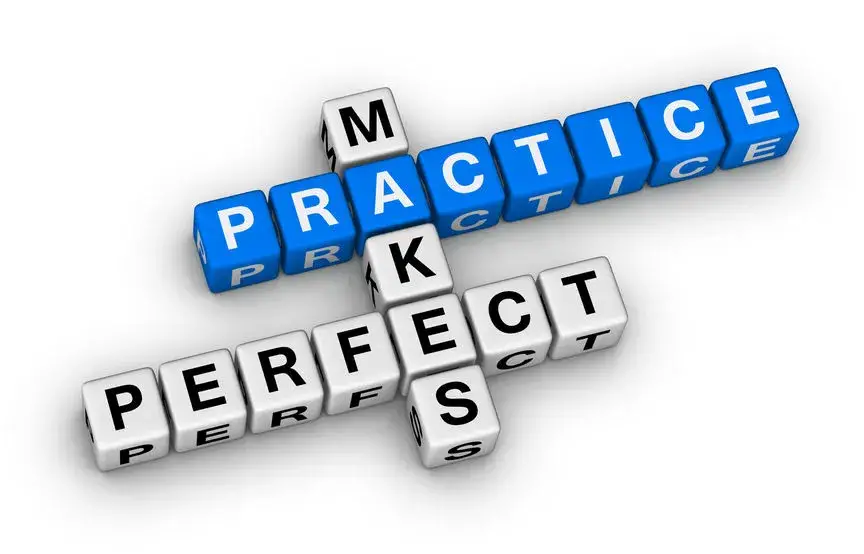
Softball is a complicated sport with complicated rules and complicated skills. Our teams will benefit most if we can simplify our softball skills development by teaching the game and use a fundamental approach rather than a race approach. Too often we are attempting to keep up with other teams rather than solidifying the basic skills on our own team. The age and skill level of our softball players are going to be the determining factors when considering the outcome goals from practice to practice and for the season with your team.
Softball Skills Development
We first need to separate softball skills and tactics.
Technical Skills include:
- baserunning
- tagging runners
- pitching
- throwing
- hitting
- sliding
- fielding fly balls
- fielding ground balls
- bunting
- catching the ball
- positional skills such as footwork
Basic Tactics include:
- baserunning (stealing)
- pitching (strategies)
- steal defense
- hitting
- bunting
- bunt defense
- positional tactics (double play etc.)
Some Advanced Tactics:
- double play
- the cut
- double steal
The most important skills to ensure that the team has solid command of include throwing, fielding, basic positional skills, base running basics, basic hitting, sacrifice bunt and maybe the surprise bunt but not until the sacrifice bunt has been mastered. Every player should know how to bunt as it is a critical part of our short game. I have often seen in all levels where only a select few players can bunt which greatly limits your options with runners on base. If I were wanting my team to learn how to bunt, I would not take the signal off when the batter has 2 strikes on them. You may not want to consider this during an important game but this is what meaningless or exhibition games are for.
The point is that in my opinion we should not be working on double plays or the cut play when our team is not yet fielding and throwing at a minimum 75% success rate. To add a tactic that they may only get 4 opportunities in a season to execute takes away from your abilities to be a solid defensive team that knows how to hit the ball well and can advance runners when they have the opportunity.
The science of knowing how far and in which direction we should be working in is the art of coaching. This is where observation and evaluation skills are as important as accumulating statistics on your own team during competitions. By monitoring your team through the season and making sure that they are not over burdened with new skills, you are more likely to be on track with matching the development to their abilities.
We also want to keep our athletes in what is called the challenge zone. This is where the tasks are not too difficult and not too easy. A player who is continually doing skills and drills that they are very good at will eventually get bored and lose interest. On the other hand, if you are asking her to execute skills that are beyond her abilities, she may get frustrated and give up. We want our players to feel like they are challenged yet successful. When they have improved the challenging skills to the point where they are very easy, use them in different situations to solidify them and then move to the next one. This will keep them interested and able to approach new skills with confidence.

